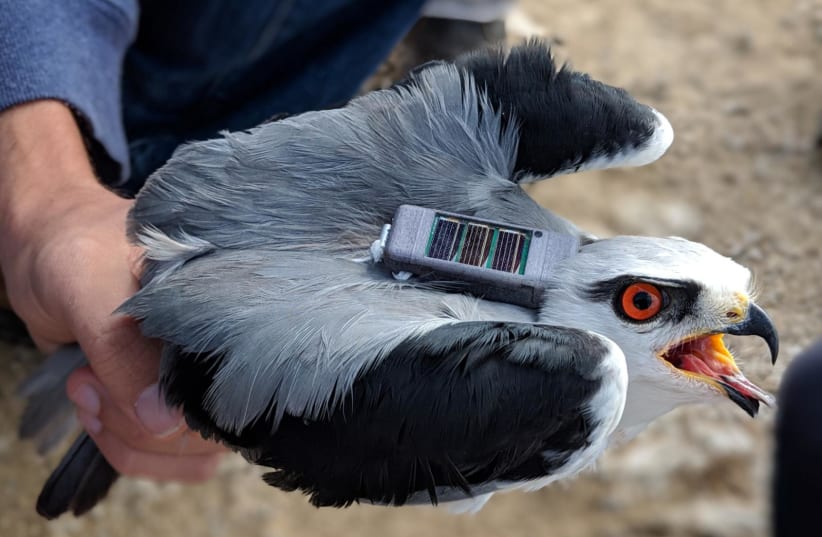A comprehensive review led by an Israeli scientist of all the existing technologies used for collecting big data sets on animal movements in the wild was published in the prestigious peer-reviewed journal Science on February 18.
The review, conducted by an international team led by Professor Ran Nathan of the Hebrew University of Jerusalem, analyzed the pros and cons of eight current tracking technologies being used for wild animals today. The analysis looked at criteria such as frequency of location signals, size of the area that the technology can cover, size of the animal, the use of the technology underwater and its cost-efficiency.
The review found that the best overall technology was reverse-GPS, which primarily uses acoustic signals underwater and radio signals over land. This technology-enabled effective and simultaneous tracking of small animals both above ground and underwater and was very cheap.
Some reverse-GPS technologies could send signals as frequently as once every second. Their utilization revealed phenomena not previously known, including certain behaviors, animals interacting with each other and animals interacting with humans.
For example, a new reverse-GPS system called ATLAS was developed by Nathan and Professor Sivan Toledo of Tel Aviv University and their teams, which successfully created a large database of wild animal movement by simultaneously tracking many dozens of wild animals with precise accuracy of a few meters at a high resolution and over a relatively long time period using small, inexpensive radio tags attached to the animals.
“This sophisticated tracking system has ushered in a range of exciting discoveries and novel insights, including the first evidence for the existence of a cognitive map in a wild animal (a fruit bat), a pioneering study linking variation among individual birds (pheasants) in their cognitive ability and space-use patterns, and a discovery of a notable spatial segregation in foraging areas among bats that roost in two adjacent colonies, owing to an individual’s memory and information transfer among bats, with surprisingly no evidence for competition as a driving force,” Nathan said.
However, the reverse-GPS system had limitations, including that it required prior installation and was usually limited to an approximately 100 km-wide region. Standard GPS, in contrast, was readily available and could cover much larger territories while remaining accurate, but was more costly, limited to larger animals and could not be used underwater, the study explained.
The review's conclusion was that the best way to progress was to combine all of the existing technologies in order to harness each technology's advantages.
"Coupling movement and environmental big data could help determine impacts of major environmental and climate changes on animal–environment interactions, whereas real-time movement data could uniquely inform biodiversity conservation and ecosystem management."

